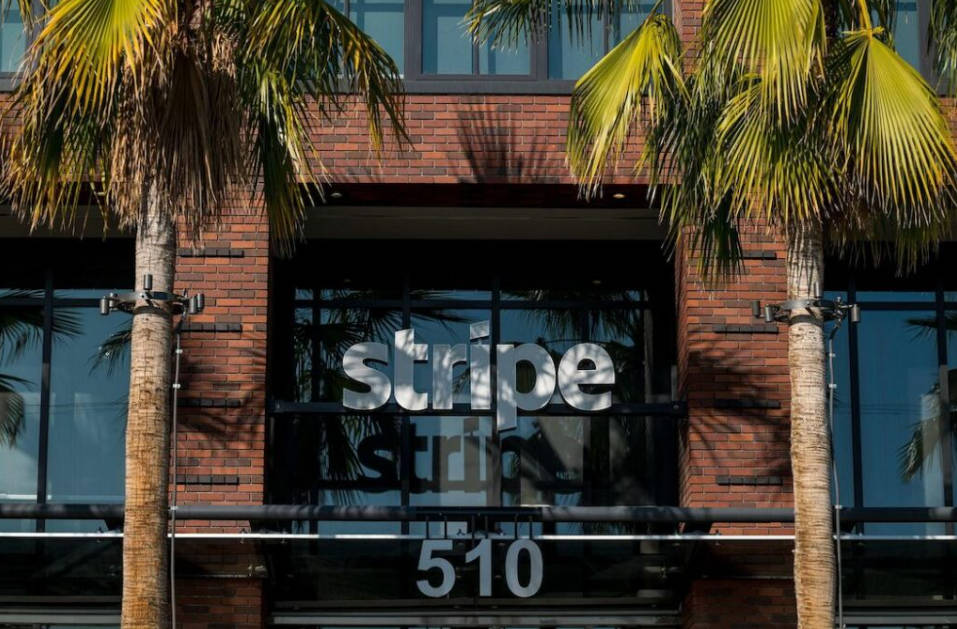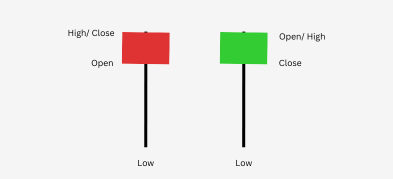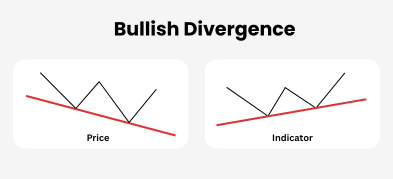Important Information
This website is managed by Ultima Markets’ international entities, and it’s important to emphasise that they are not subject to regulation by the FCA in the UK. Therefore, you must understand that you will not have the FCA’s protection when investing through this website – for example:
- You will not be guaranteed Negative Balance Protection
- You will not be protected by FCA’s leverage restrictions
- You will not have the right to settle disputes via the Financial Ombudsman Service (FOS)
- You will not be protected by Financial Services Compensation Scheme (FSCS)
- Any monies deposited will not be afforded the protection required under the FCA Client Assets Sourcebook. The level of protection for your funds will be determined by the regulations of the relevant local regulator.
Note: Ultima Markets is currently developing a dedicated website for UK clients and expects to onboard UK clients under FCA regulations in 2026.
If you would like to proceed and visit this website, you acknowledge and confirm the following:
- 1.The website is owned by Ultima Markets’ international entities and not by Ultima Markets UK Ltd, which is regulated by the FCA.
- 2.Ultima Markets Limited, or any of the Ultima Markets international entities, are neither based in the UK nor licensed by the FCA.
- 3.You are accessing the website at your own initiative and have not been solicited by Ultima Markets Limited in any way.
- 4.Investing through this website does not grant you the protections provided by the FCA.
- 5.Should you choose to invest through this website or with any of the international Ultima Markets entities, you will be subject to the rules and regulations of the relevant international regulatory authorities, not the FCA.
Ultima Markets wants to make it clear that we are duly licensed and authorised to offer the services and financial derivative products listed on our website. Individuals accessing this website and registering a trading account do so entirely of their own volition and without prior solicitation.
By confirming your decision to proceed with entering the website, you hereby affirm that this decision was solely initiated by you, and no solicitation has been made by any Ultima Markets entity.
I confirm my intention to proceed and enter this website Please direct me to the website operated by Ultima Markets , regulated by the FCA in the United KingdomMight the Stripe IPO Happen in 2025?
The Stripe IPO has long been one of the most anticipated events in global finance. Founded in 2010 by brothers Patrick and John Collison, Stripe powers the financial infrastructure behind much of the digital economy. From start-ups to global giants like Amazon and Shopify, businesses rely on Stripe’s technology to process payments, manage subscriptions, and expand internationally.
With a valuation of $91.5 billion, Stripe’s private worth is higher than the current market capitalisations of fintech incumbents such as PayPal and Block. For investors, its potential IPO could be one of the largest stock market debuts of the decade.

Why the Stripe IPO Matters
Stripe isn’t just another fintech company. It is often described as the “rails” of online payments, providing the software and APIs that power transactions across industries. In 2024 alone, Stripe processed $1.4 trillion in payment volume, representing a 38 percent increase from the previous year. Beyond payments, its finance automation suite has surpassed a $500 million revenue run rate, with Stripe Billing now managing nearly 200 million active subscriptions for over 300,000 companies.
Unlike many high-growth fintech peers, Stripe is also profitable, and management has signaled that profitability is expected to continue into 2025 and beyond. This track record sets it apart and makes its IPO one of the most closely watched events in the market, drawing comparisons to Coinbase’s highly anticipated debut in 2021.
IPO Market Rebound Creates Opportunity
The timing for a Stripe IPO may be favorable. After two years of subdued activity, the IPO market has staged a strong rebound in 2025. According to EY, the first half of the year saw 539 IPOs raise $61.4 billion, a 45 percent increase from the prior year, making it the busiest start since 2021.
Investor appetite for new listings has returned in force. Circle, for example, gained 168 percent on its first day of trading in June 2025 and has surged more than 400 percent year-to-date. Other names like CoreWeave, Norton, and Figma have also enjoyed strong debuts, with Figma’s IPO oversubscribed and priced well above initial expectations. CNBC contributor Jeff Kilburg noted that “the appetite is back,” highlighting how the market’s renewed risk-on sentiment could benefit a Stripe IPO.

But IPO Hype Comes With Risks
While enthusiasm for new listings is high, history shows that IPO hype often fades quickly. Facebook’s 2012 debut is a cautionary tale — shares halved within three months of listing. Even recent successes like Figma have experienced sharp swings in price once the early excitement cooled. Kilburg himself warned investors to be mindful, noting that while oversubscription and day-one pops make headlines, volatility usually follows.
For Stripe, this means that timing will be critical. Management could choose to take advantage of current favorable market conditions, or they may delay until 2026 for strategic reasons such as tax efficiency.
IPO or SPAC Which Path Could Stripe Take?
When it comes to going public, Stripe has two main options: a traditional IPO or a SPAC merger. A traditional IPO involves filing an S-1 with the SEC, working with investment banks such as Goldman Sachs or Morgan Stanley, and pricing shares through a roadshow with institutional investors. By contrast, a SPAC merger is faster, using a blank-check company to take Stripe public.
However, the SPAC route has a poor track record. A University of Florida study found that de-SPAC companies posted average one-year returns of –46 percent and three-year returns of –57 percent, with fintech SPACs underperforming even further. Given Stripe’s size, prestige, and profitability, a traditional IPO remains the far more likely path.
Lessons from Other Fintech IPOs
Recent fintech IPOs provide useful lessons for investors weighing a Stripe debut. Robinhood, for example, has soared nearly 200 percent since its 2021 listing, outperforming the S&P 500. SoFi Technologies has established itself as a leading neobank with a $30 billion market cap. By contrast, Chime’s 2025 IPO has been more muted, as investors question its ability to match SoFi’s scale and profitability. Circle initially surged but later pulled back, though it still trades above its IPO price. Webull also entered public markets recently but has seen only modest reception so far.
These examples show that fintech IPOs can produce both blockbuster returns and disappointing outcomes. Stripe’s profitability and global dominance may give it an advantage, but high investor expectations mean the margin for error is slim.

Stripe’s Valuation and Growth
Stripe’s $91.5 billion valuation represents a powerful rebound from its 2023 low of $50 billion, nearly regaining the 2021 peak of $95 billion. Management attributes this recovery partly to the adoption of AI-powered payment solutions, which enhance efficiency and drive adoption across industries.
If the company lists near this valuation, Stripe would be one of the largest IPOs in history, rivaling Coinbase’s 2021 debut and cementing its status as a fintech giant.
What Stripe IPO Means for Investors
If Stripe goes public, investors will be weighing a rare opportunity to gain exposure to one of the most influential companies in the digital economy. Its scale, profitability, and market leadership make it a strong candidate for long-term growth. However, risks remain. The IPO market is showing signs of exuberance, and history suggests that early buyers can experience sharp volatility once the hype cools. With a valuation already at $91 billion, Stripe will need to deliver consistent performance to justify its premium.
Conclusion
The Stripe IPO could be the most anticipated public listing since Coinbase. With profitability, scale, and a rebounding IPO market, Stripe is well-positioned to make a historic debut. But the surge of Circle, CoreWeave, and Figma also highlights the risks of IPO euphoria — as quickly as stocks double, they can just as easily correct.
For now, Stripe remains private, with the Collison brothers carefully weighing timing. If 2025 is the year, investors should expect one of the defining IPOs of the decade. If not, anticipation will only build further into 2026.
Disclaimer: This content is provided for informational purposes only and does not constitute, and should not be construed as, financial, investment, or other professional advice. No statement or opinion contained here in should be considered a recommendation by Ultima Markets or the author regarding any specific investment product, strategy, or transaction. Readers are advised not to rely solely on this material when making investment decisions and should seek independent advice where appropriate.












